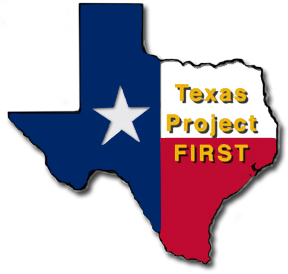en Español • Share • 
Background
No more “pre” school or “pre” kindergarten. This will be the beginning of your child’s “formal” schooling, Kindergarten! In school they call this process in a young child’s life transition. Simply put transition means going from one place to another.
Unlike years ago when children went from home to Kindergarten, today many children go from pre-school, or a group-based child’s program (like Head Start) to Kindergarten. Either way, this is a major change in a child’s life. Sometimes it’s an even bigger change for parents, especially if the child has a disability. Though the challenge of moving ahead can be scary, transition can be a positive thing. It’s a time for your child to learn new skills and grow more independent. It’s time to begin preparing for your child’s future (it’s never too early!).
During transition, it is particularly important for parents of children with disabilities to learn about the different programs, services and placements available under special education. Remember that children with disabilities are entitled to a Free and Appropriate Education (FAPE) in the Least Restrictive Environment (LRE). Below is an illustration of education settings from less to more restrictive.

An inclusive classroom is a class where typically and non-typically developing children learn together. Children with disabilities are given access to the same state curriculum as children without disabilities. The school must make sure children with disabilities also have the help they need to make progress. This may include additional services and supports, such as assistive technology.
In the past few years there has been a greater effort to make sure inclusion happens. Still, there are too many children not included; and instead, placed in self-contained classrooms (classrooms that consist of children with disabilities only). Sometimes these self-contained classrooms are called “Life Skills”. Yet, where is there a better place to learn about life and going to school, than in a typical Kindergarten classroom! To learn more about the value of inclusive education, refer to the resources below.
To learn more about preparing yourself and your child for transition, see:
1) Preparing Myself for Transition
2) Preparing My Child for Transition
What parents need to remember
- Know your rights. Each school must consider the least restrictive environment (LRE) first for all children.
- Prepare yourself by building awareness, advocating for your child, changing emotional gears, getting and staying involved.
- Prepare your child by reading and talking about transition, setting play dates and school visits.
- Collaborate and develop a partnership with the school
Additional Resources
Individual Education Program – Overview and Placement
Kindergarten Reading Assessment – Commissioner's List of Reading Assessments (scroll to bottom of page). ALL kindergarten students, including those with disabilities, should be assessed.
Least Restrictive Environment/Inclusion Resources
Pacer Center Resources - Top Concerns for Parents of Children Birth to 5
Region 13 ESC - Inclusion in Kindergarten (video)
Why Inclusion Begins in Kindergarten (pdf) by Charlene Comstock Galagan, used with permission.
